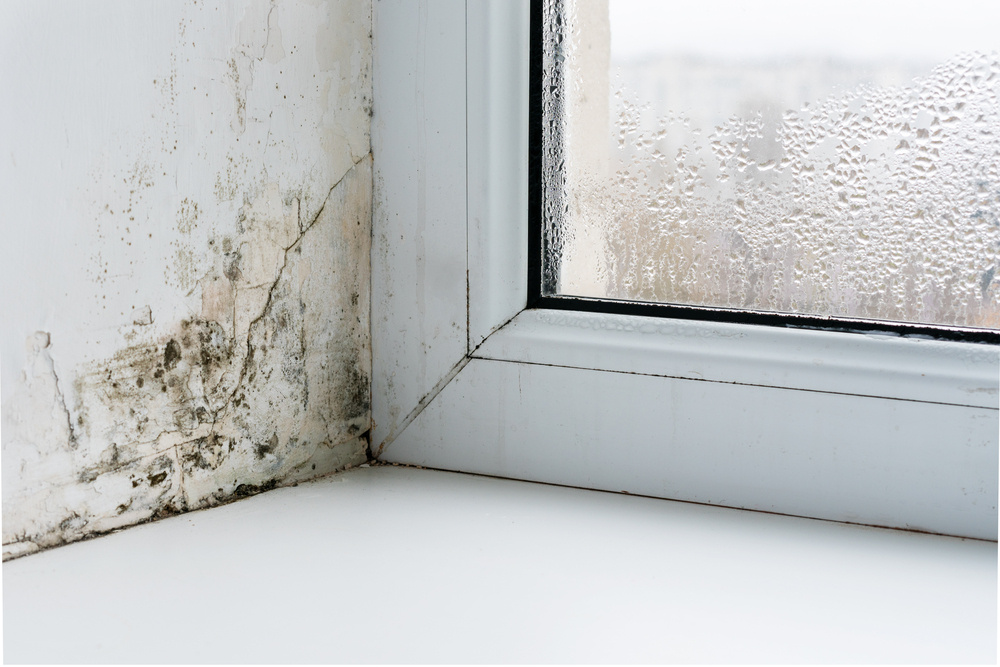How to Prevent Mould Growth in Humid Climates
Struggling with mould in a humid climate? This guide covers key strategies to prevent mould growth, from ventilation to professional help.

Mould is an unwelcome and persistent problem for many homeowners, especially in humid climates. It thrives in damp, poorly ventilated areas and can spread rapidly if left unchecked.
While some mould prevention techniques help manage surface growth, the key to stopping mould for good is addressing its root causes—excess moisture and poor airflow. Here’s everything you need to know about keeping mould at bay.
Why Does Mould Grow?
Mould is a type of fungus that thrives in warm, moist environments. It often appears in bathrooms, kitchens, basements, and poorly ventilated spaces. Common causes of mould growth include:
- High indoor humidity levels
- Condensation on windows and walls
- Poor ventilation
- Leaky pipes, taps, or roofs
- Rising damp from the ground
- Wet laundry left indoors
By tackling these moisture issues, you can prevent mould from taking hold in your home.
How to Prevent Mould Growth
1. Control Humidity Levels
Keeping indoor humidity below 50% is essential for mould prevention. Here’s how:
- Use a dehumidifier: A high-quality dehumidifier can pull litres of moisture from the air daily, reducing dampness in your home.
- Set air conditioning to ‘dry’ mode: Many air conditioners have a dehumidifying function that helps keep moisture levels low.
- Keep windows closed when using a dehumidifier or air conditioner: This ensures they work effectively without bringing in more humid air.
2. Improve Ventilation
Good airflow discourages mould growth by reducing condensation and drying out damp areas.
- Open windows and doors when possible: Cross-ventilation helps moisture escape, preventing mould from settling.
- Use exhaust fans in bathrooms, kitchens, and laundries: These rooms produce the most steam, so proper ventilation is crucial.
- Keep blinds and curtains open during the day: Sunlight naturally inhibits mould growth.
 (Image source: Unsplash)
(Image source: Unsplash)
3. Reduce Moisture Build-Up
- Wipe down wet surfaces: Drying off shower tiles, windows, and countertops prevents water from lingering.
- Fix leaks promptly: Dripping taps and leaking pipes create the perfect conditions for mould.
- Dry clothes outdoors when possible: Drying laundry inside can increase humidity, leading to condensation.
- Keep cupboards and storage areas ventilated: Air out closed spaces regularly to prevent damp conditions.
4. Use Mould-Resistant Products
If you’re renovating or repainting, consider mould-resistant materials:
- Mould-proof paint: Adding a mould-resistant additive to your paint helps prevent growth on walls and ceilings.
- Laminated surfaces: These are less porous than wood, making them less susceptible to mould.
- Moisture-absorbing products: Desiccants or silica gel packets can help keep small spaces dry.
5. Regular Cleaning and Maintenance
- Dust and vacuum frequently: Mould feeds on dust, so keeping surfaces clean reduces the risk.
- Use diluted vinegar to clean affected areas: Vinegar kills surface mould, though it won’t stop it from returning if the moisture problem persists.
- Keep an eye on hidden areas: Pull furniture and cupboards away from walls occasionally to check for hidden mould.
When to Call a Professional
If mould keeps returning despite your best efforts, it may indicate a larger issue such as rising damp, poor insulation, or structural leaks. A professional can assess the situation and recommend long-term solutions, such as:
- Installing better ventilation systems
- Waterproofing problem areas
- Replacing porous materials affected by mould
Finding the right professional is easy with ServiceSeeking.com.au. Whether you need a plumber to fix leaks and repair burst pipes, an electrician to install or upgrade ventilation systems, or a builder to assess and repair structural damage caused by moisture, getting quotes from trusted experts is a simple way to protect your home from mould. In cases of severe mould infestations, a mould remediation specialist can safely remove affected materials and apply treatments to prevent regrowth.
While humid climates make mould prevention challenging, controlling moisture and maintaining good airflow can keep your home mould-free. Ready to tackle mould for good? Find a trusted tradie on ServiceSeeking.com.au today.
